Turning Data
Into Profits
Turning Data
Into Profits
SMART QMS (Quality Management System) offers a comprehensive solution with 12 integrated modules, designed to streamline quality management processes, ensure compliance with international standards, ISO9001, ISO14001, ISO16949, ISO22000, ISO13485, ISO17205 , ISO45001, IATF16949, AS9100 and drive continuous improvement across various Manufacturing industries.

Smart QMS is a proven electronic quality management system that eliminates bureaucracy and automates operation for various international standards and regulatory compliance. The system encompasses comprehensive modules such as Management Review, Document & Record Management, Audit Management, Standard CA/PA, MRB, ECN, Calibration, 8D CA/PA, APQP / NPI / FAI, Risk Management, Employee Competency, and Control Plan & FMEA.
It has helped organizations and industries become more mature and accountable. Today, Smart QMS assists manufacturers and service organizations in complying with various ISO standards and regulations, managing risks, and achieving unprecedented levels of quality and efficiency.
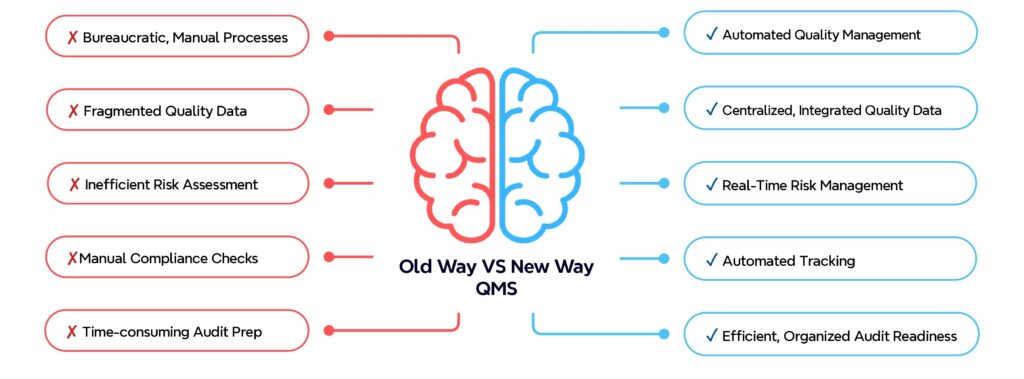
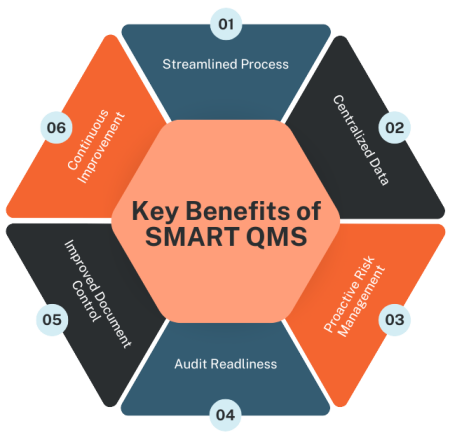
Management Review is one of the ISO/IATF clauses to comply. It is a strategic process that ensures the organization’s performance is continuously monitored, evaluated, and improved. It provides key stakeholders with the necessary insights to assess the effectiveness of various management systems, identify potential areas for enhancement, and ensure that the organization meets its objectives and compliance requirements.
The review involves a comprehensive analysis of key performance indicators (KPIs), audits, and feedback from different departments, facilitating a proactive approach to addressing issues, streamlining processes, and achieving long-term goals.


Document Management System is one of the ISO/IATF clauses to comply. It is a comprehensive solution for managing documents and records. It automates document control processes, ensuring that all documents are properly stored, tracked, and accessed.
It has enabled organizations to maintain accurate and up-to-date documentation, improving compliance and operational efficiency. Today, Document Management System supports manufacturers and service organizations in managing their documentation effectively.
This system is essential for Management to manage documents and ensure compliance with regulatory standards.

Audit Management System is one of the ISO/IATF clauses to comply. It is a robust tool for planning, executing, and tracking audits. It automates the audit process, ensuring thorough and consistent assessments of compliance with industry standards and regulations.
It has enabled organizations to conduct effective audits, identify non-compliances, and implement corrective actions. Today, Audit Management System supports manufacturers and service organizations in maintaining high standards of quality and compliance.
This system is essential for Management to conduct thorough audits and ensure regulatory compliance.


Corrective/Preventive Action (CA/PA) is one of the ISO/IATF clauses to comply. It is a robust solution designed to manage and track corrective and preventive actions within your organization. It automates the identification, documentation, and resolution of issues, ensuring continuous improvement and compliance with industry standards.
It has empowered organizations to address and prevent recurring issues, enhancing overall quality and accountability. Today, CA/PA helps manufacturers and service organizations streamline their quality processes, reduce risks, and achieve higher levels of operational efficiency.
This system is ideal for Management to ensure effective issue resolution and compliance with regulatory standards.
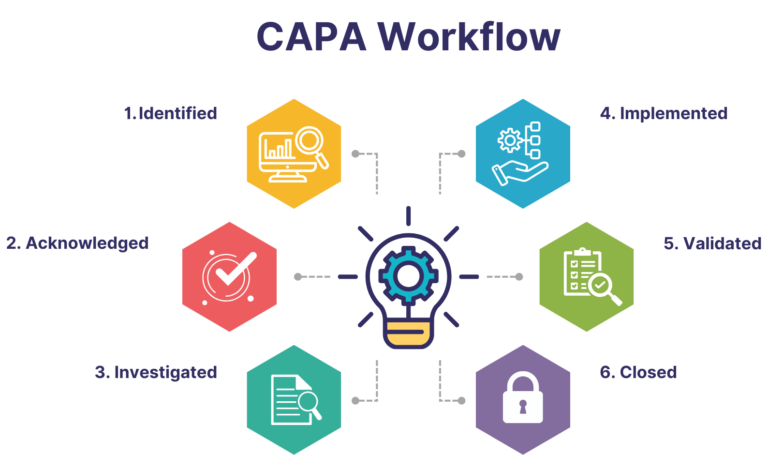
Material Review Board (MRB) is one of the ISO/IATF clauses to comply. It is a powerful tool for managing and resolving material discrepancies. It streamlines the review and disposition process, ensuring that all materials/product meet quality standards and regulatory requirements.
It has enabled organizations to effectively manage non-conforming materials/product, reducing waste and improving product quality. Today, MRB assists manufacturers in maintaining high-quality standards and ensuring efficient material/product handling processes.
This system is essential for Management to manage material discrepancies and ensure compliance with regulatory standards.

Engineering Change Notice (ECN) is one of the ISO/IATF clauses to comply. It is a comprehensive solution for managing engineering changes. It automates the change request and approval process, ensuring that all modifications are properly documented and implemented.
It has facilitated organizations in managing engineering changes efficiently, reducing errors, and improving product quality. Today, ECN helps manufacturers to streamline their engineering change processes, ensuring compliance and enhancing operational efficiency.
This system is ideal for Management to manage engineering changes and ensure adherence to regulatory standards.
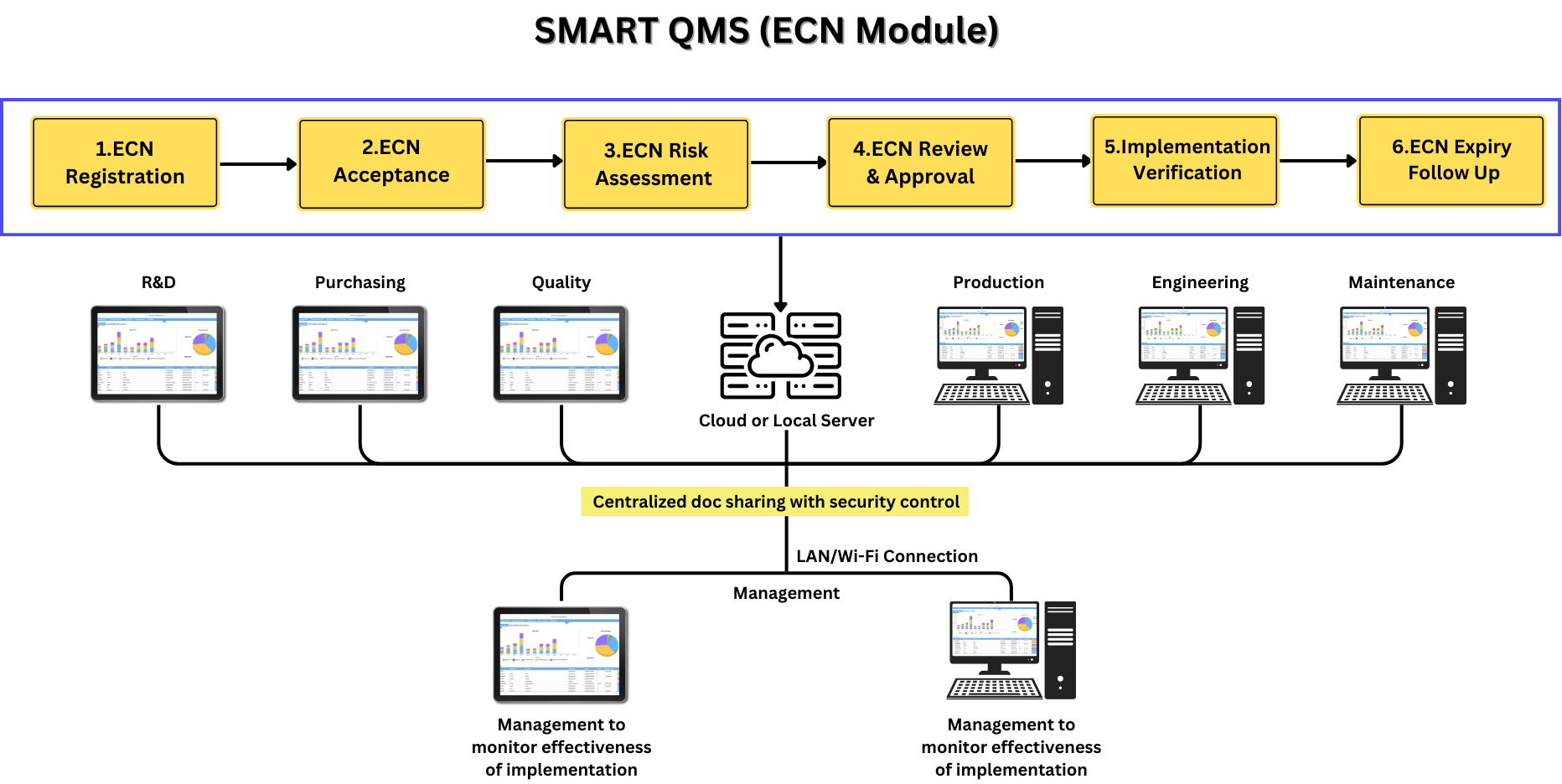
Calibration Management System is one of the ISO/IATF clauses to comply. It is a powerful tool for managing the calibration and maintenance of gauges and instruments. It automates calibration schedules and records, ensuring that all equipment is properly maintained and compliant.
It has facilitated organizations in maintaining accurate and reliable measurement tools, improving product quality and compliance. Today, Calibration Management System helps manufacturers to manage their calibration processes efficiently.
This system is ideal for Management to manage calibration schedules and ensure adherence to regulatory standards.

8D Problem Solving is one of the ISO/IATF clauses to comply. It is an effective tool for resolving complex issues through a structured problem-solving process. It guides teams through the 8 Disciplines (8D) methodology to identify root causes and implement corrective actions.
It has empowered organizations to resolve issues systematically, preventing recurrence and improving overall quality. Today, 8D Problem Solving helps manufacturers and service organizations to tackle complex problems and drive continuous improvement.
This system is suitable for Management to manage problem-solving processes and ensure adherence to regulatory standards.
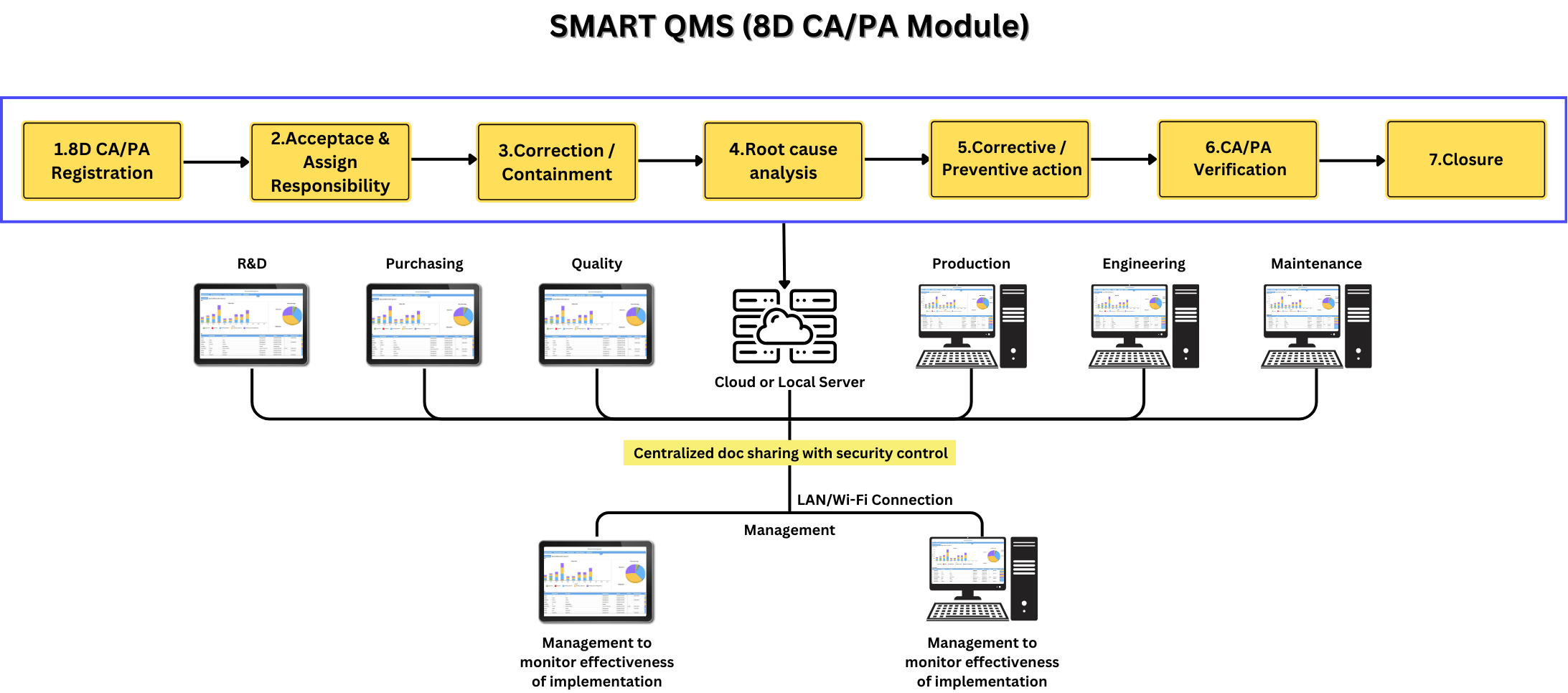
APQP/NPI/FAI is one of the ISO/IATF clauses to comply. It is a comprehensive solution for managing product development and submission processes. It automates the Advanced Product Quality Planning (APQP) and Production Part Approval Process (PPAP) to ensure product quality and compliance.
It has empowered organizations to manage product development efficiently, reducing errors and improving time-to-market. Today, APQP & PPAP/FA Submission/NPI supports manufacturers in meeting customer requirements and regulatory standards.
This system is essential for Management to manage product development processes and ensure compliance with regulatory standards.


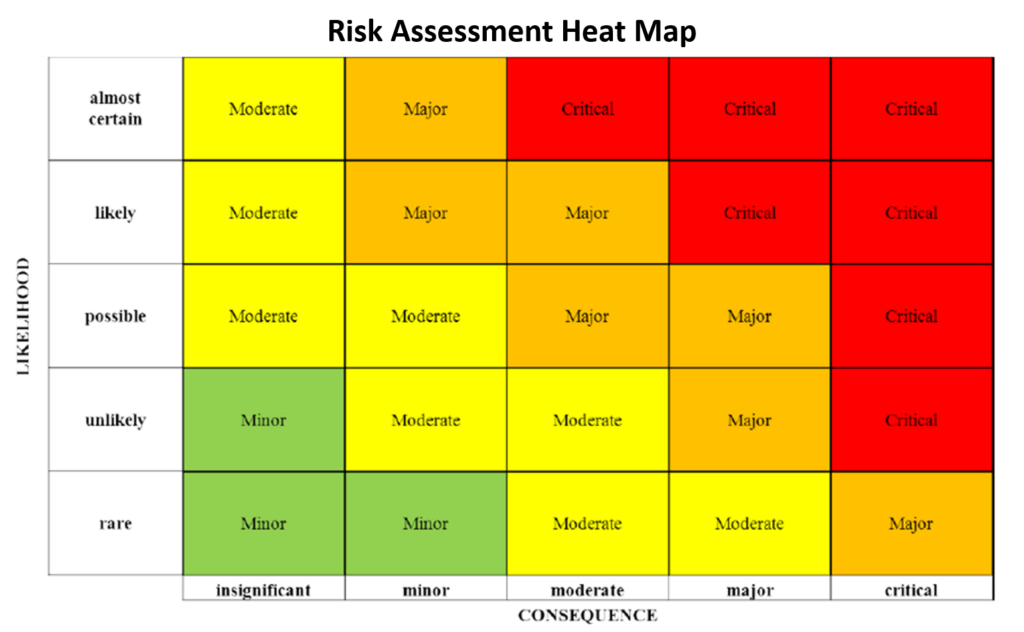
Risk Management is one of the ISO/IATF clauses to comply. Enterprise Risk Management (ERM) is a comprehensive and integrated framework for identifying, assessing, managing, and monitoring risks across an organization. ERM aims to provide a holistic view of risks and their potential impacts on an organization’s strategic objectives, helping to ensure that risks are managed in a consistent and effective manner.
This system is suitable for Management to manage risk assessment processes and ensure adherence to regulatory standards.



Employee Competency & Training Management is one of the ISO/IATF clauses to comply. It is an advanced solution for managing employee skills and training programs. It automates competency assessments and training schedules, ensuring that employees are well-trained and compliant with industry standards.
It has helped organizations to maintain a skilled and knowledgeable workforce, improving productivity and compliance. Today, Employee Competency & Training Management supports manufacturers and service organizations in managing their training programs effectively.
This system is essential for Management to manage employee training and ensure compliance with regulatory standards.

Control Plan & FMEA is one of the ISO/IATF clauses to comply. It is a powerful digital solution designed to optimize quality control and risk management in manufacturing processes. By automating the creation and management of Control Plans and Failure Mode and Effects Analysis (FMEA), this system helps companies streamline their production workflows, enhance quality assurance, and reduce the risk of defects.
This system is suitable for Management to manage SPC and quality control processes and ensure adherence to regulatory standards.
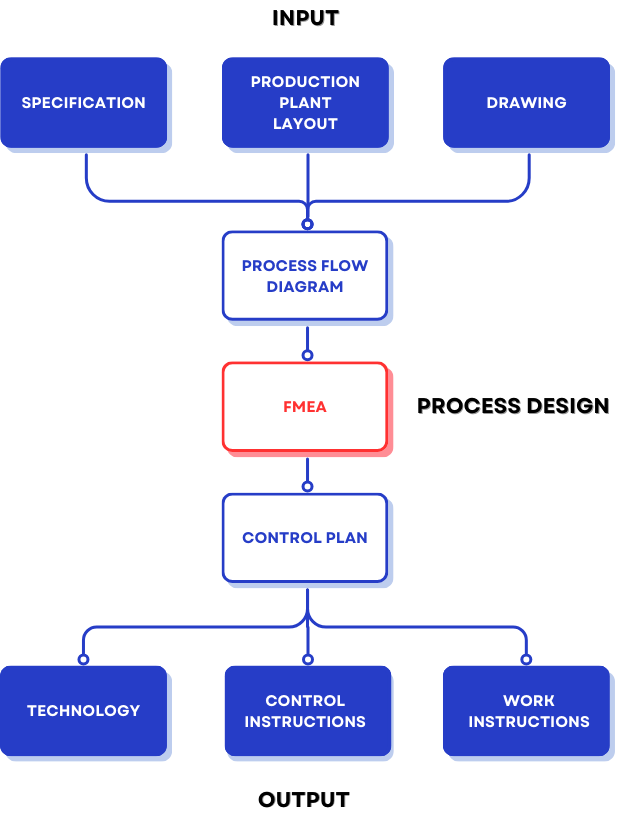
Contact Us Today to Start Your Digital Transformation Journey!
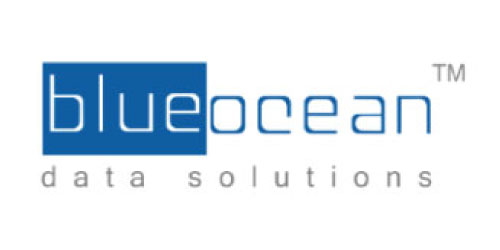
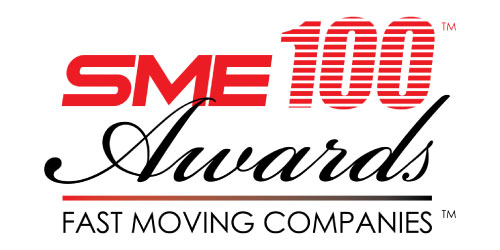
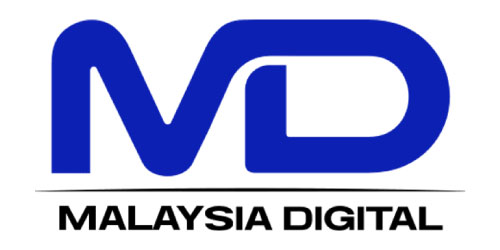
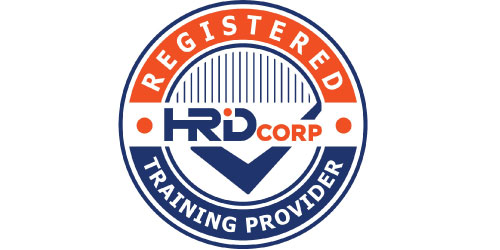
Blue Ocean Data Solutions is a highly experienced company provides turnkey manufacturing solutions. With more than 10 years of experience serving a large customer base in manufacturing and hands-on expertise in programming, software and statistical data analysis combine with six sigma and lean manufacturing methodology, we assist our clients to solve complicated operation problems – yielding profitability increases and driving service and product delivery excellence.
Company
Contact Us